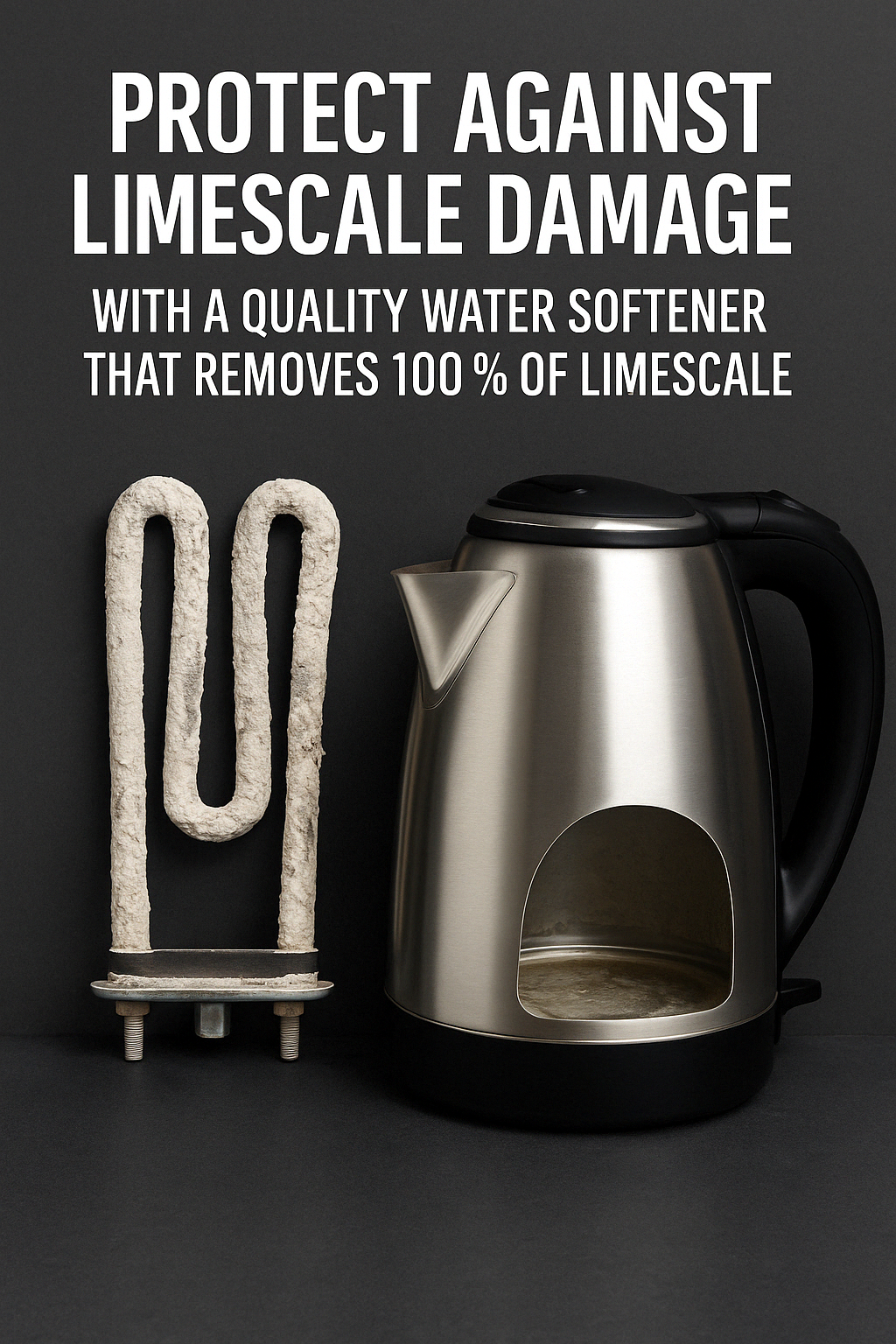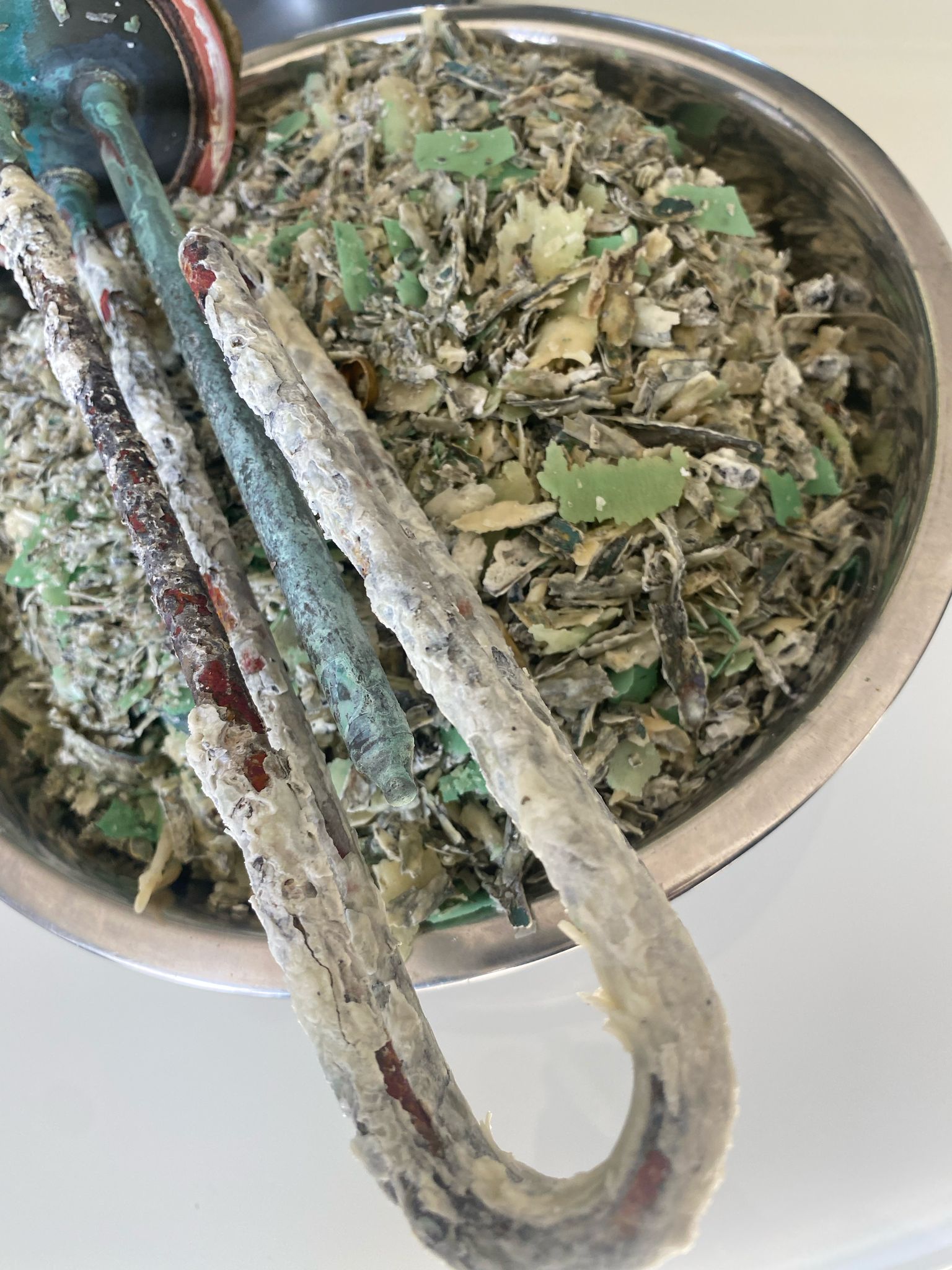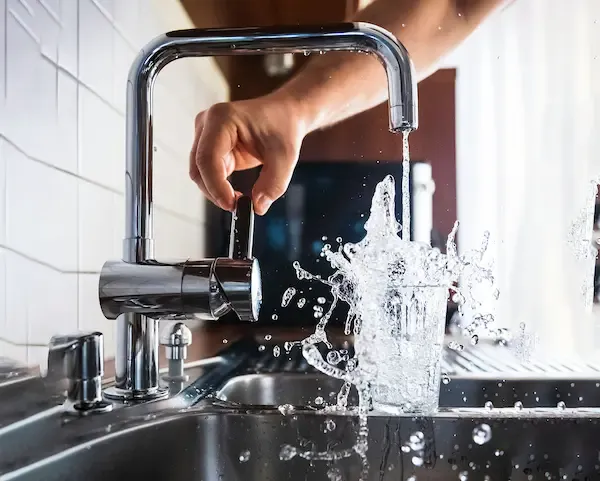
Water Softeners
How does a water softener remove Limescale from your water?
Water softeners are essential home systems that tackle the problem of hard water by removing minerals like calcium and magnesium from your water supply.
Water Softeners protect your plumbing and appliances from scale buildup, significantly extending their lifespan and reducing maintenance costs. They also dramatically improve cleaning effectiveness, allowing soaps and detergents to work more efficiently for better results with dishes, laundry, and personal care.
The benefits extend beyond just maintenance and cleaning. Softened water leads to noticeably softer skin and hair, reduces energy bills through more efficient water heating, and decreases the amount of cleaning products needed in the home. While water softeners require an initial investment, they typically pay for themselves through reduced utility costs, fewer appliance replacements, and lower maintenance expenses, making them a worthwhile addition to homes, especially in areas with hard water.

What is Hard Water?
Also known to most of us as Limescale, hard water is water that contains high levels of dissolved minerals, primarily calcium and magnesium. While these minerals are not harmful to your health, they can cause several problems in your home, including: Limescale buildup, Soap scum and dull laundry and more.

How does a Water Softener Work?
A water softener removes hardness minerals like calcium and magnesium through a process called ion exchange. As water flows through the softener, it passes over resin beads that attract and trap these minerals, replacing them with sodium ions. This process prevents limescale buildup and leaves your home with soft water.

Where are Water Softeners Installed in my home?
In Ireland, water softeners are typically installed where the mains water enters the home, such as under the kitchen sink, in a utility room, garage, or hot press. If space is limited, we can install the unit outside in a weatherproof box. The ideal location should allow access to the main water supply, drainage, and a power source while ensuring easy maintenance.

